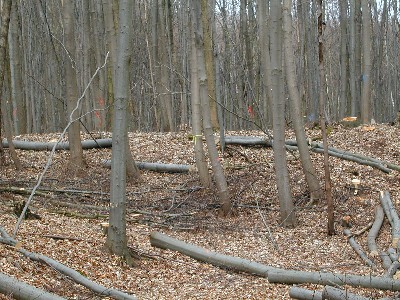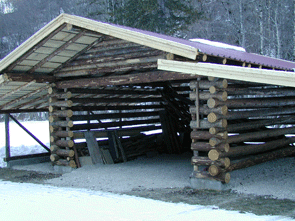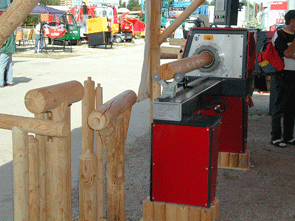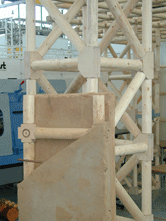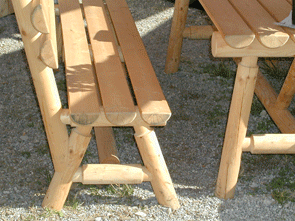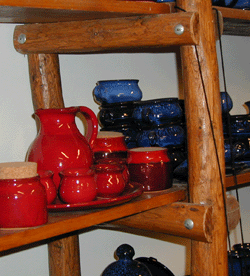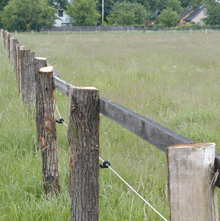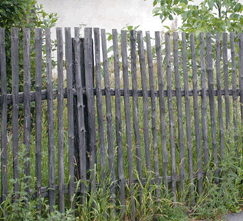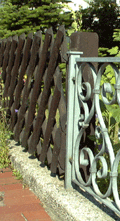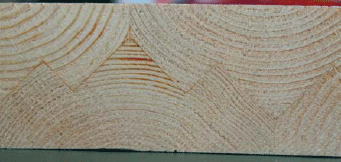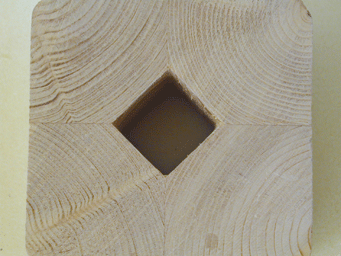 |
|
|
|
|
|
|
||||
Small-diameter logsLarge quantities of potentially useful but largely unused wood materials presently exist and are available for conversion into value-added wood products. Forests often contain a significant amount of small-diameter and underutilized material. Not only do these overstocked stands increase the risk of insect, disease, fire, and drought damage, but they are costly to manage. Finding economical and marketable uses for this material would alleviate these problems while providing opportunities for local communities to benefit and helping to offset forest management costs. For an optimized utilization and an improved value recovery of small-diameter material and underutilized species log sort yards can be a very helpful facility. A special report of the U.S. Forest Service provides details Log Sort Yard Economics, Planning, and Feasibility The U.S. Forest Service did some research on the assets and drawbacks of air-drying small-diameter logs with the following results:
This results and many other studies on the Forest Products Laboratory research program on small-diameter material can be downloaded from the internet. See also: Small-Diameter and Roundwood Utilization
But in spite of the greater design stresses, better fire resistance (due to the smaller surface to volume relation), and lower raw material costs the application of round timbers requires the development of new tools, new connections and therefore new construction techniques.
The pictures on the right show two possibilities to produce rectangular boards or beams from small-diameter logs. Other possible profiles to make boards from would be triangles or "coffins lids", resulting from an optimal recovery from the trees round shapes. Of course, glueing offers a wide range of possibilies to make use of smaller pieces of wood. Another possibility to get a higher yield from logs and to overcome the typical problems of juvenile wood (high levels of residual stress, splitting and excessive cupping during drying), which play an important role especially in quickly growing and relatively young hardwoods, is star-sawing (also called radial sawing; details: Radial Timber Australia, Primwood). A study in Sweden has shown that "the yield decreases strongly for small log diameters, especially when the log diameter is less than 200 millimetres. There are many reasons for this, but the most important is that the standardized module measurements for rectangular timber agree poorly with the sawn dimensions. This causes large waste in the edging stage." (Sandberg, D. 1996: Radially sawn timber. Holz als Roh- und Werkstoff 54, 145-151) If the log is cut into triangular sections and these are used without edging, this argument is not true, of course (see: http://www.radialtimber.com).
|
||||||||||||||||||||||
|
|
|
|
